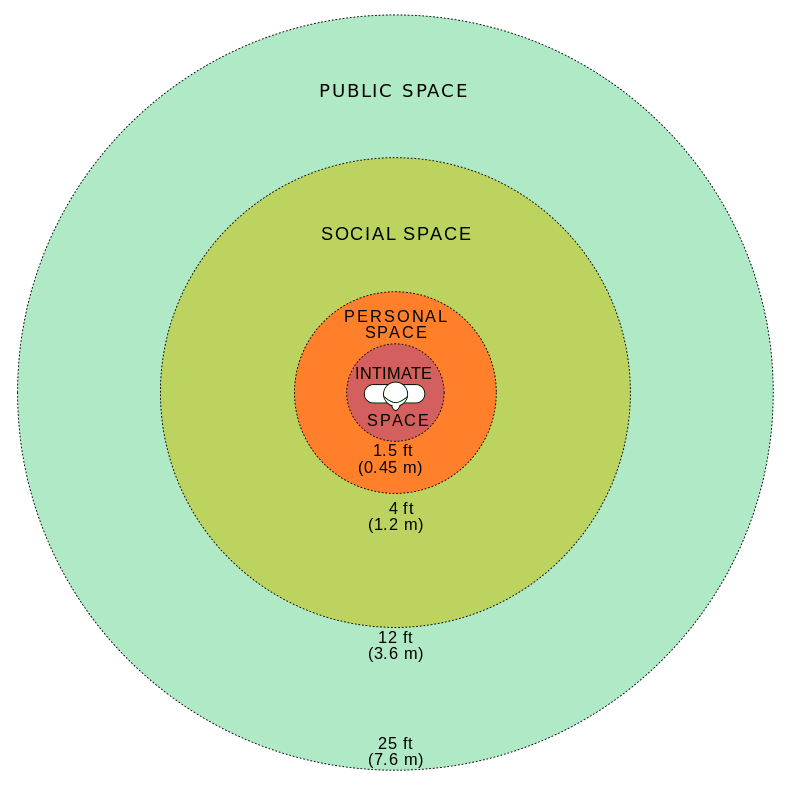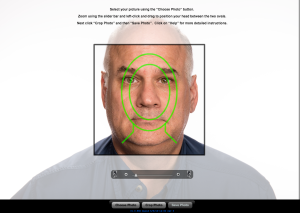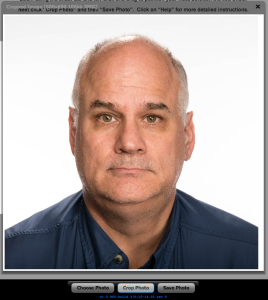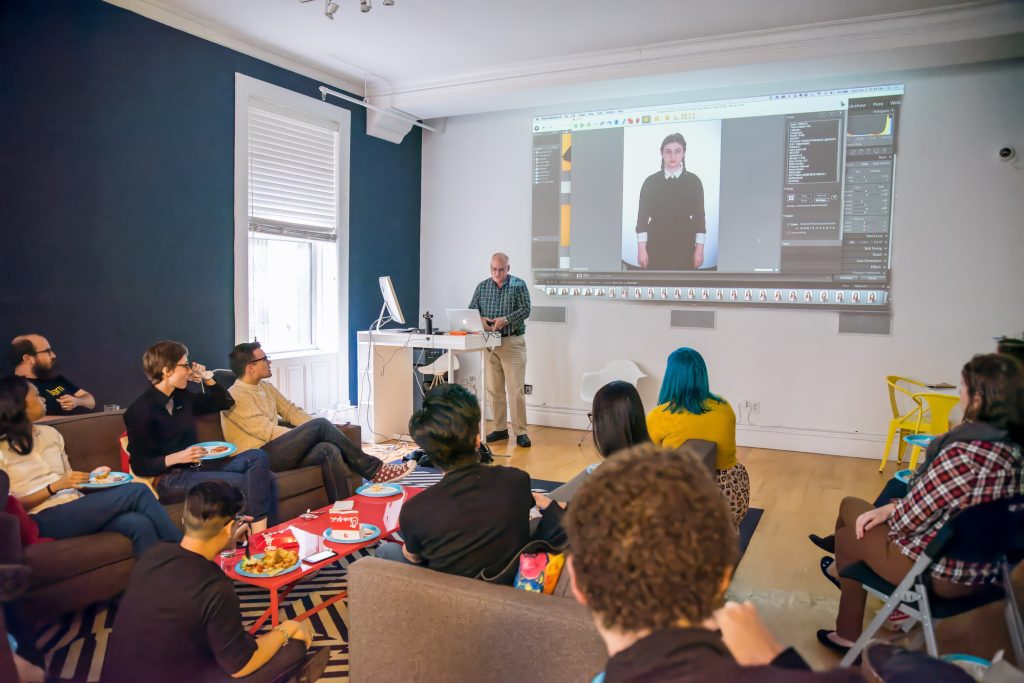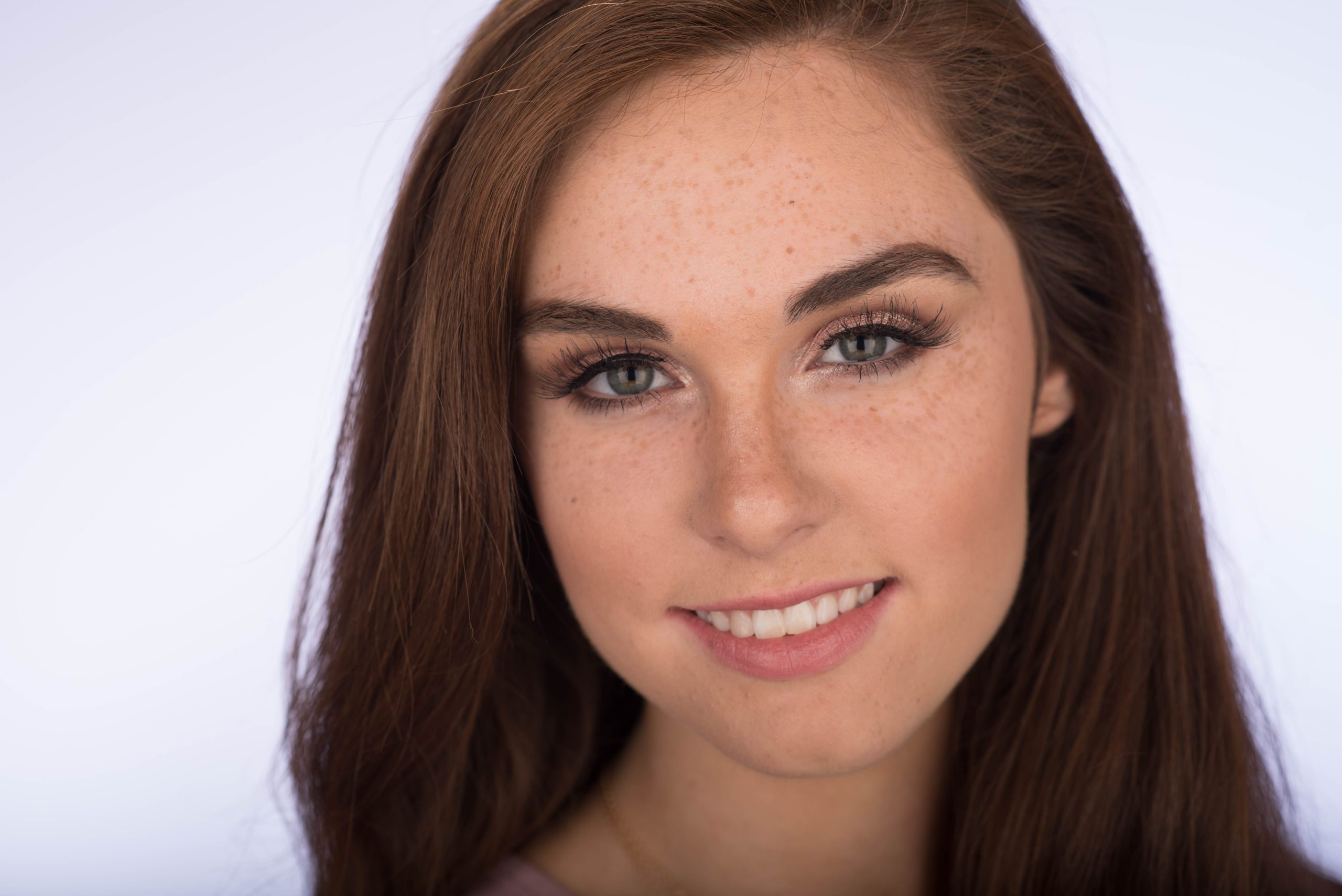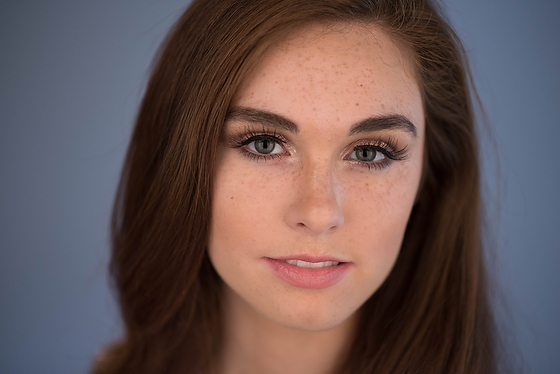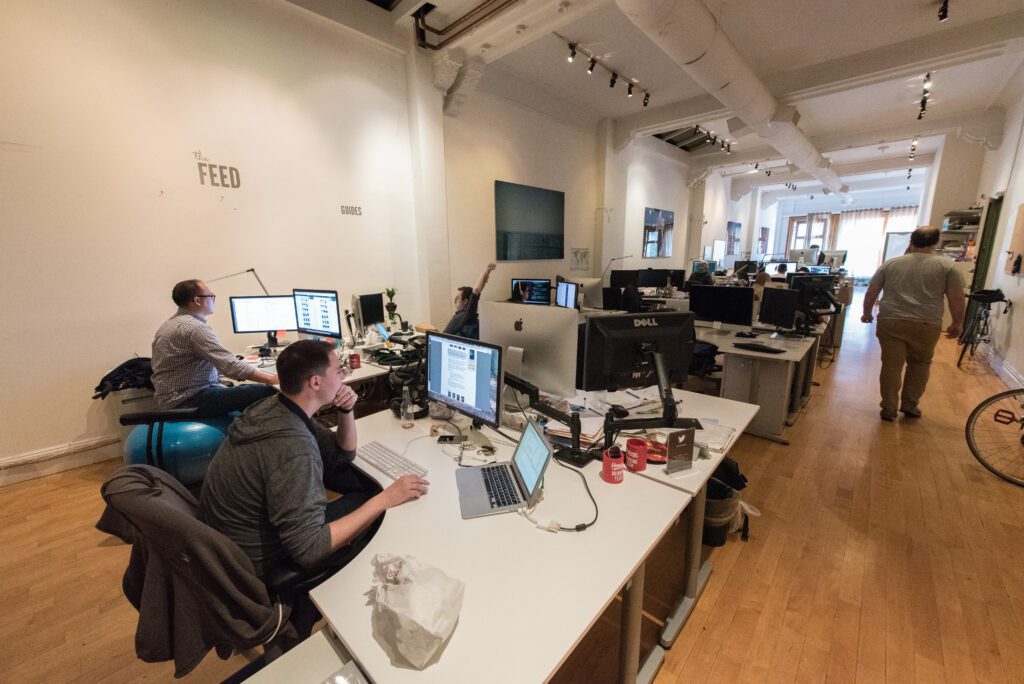 |
| Nikon D750, Nikon 85mm ƒ/1.8G, ISO 1250, ƒ/1.8, 1/200 |
My mentor Don Rutledge said the the eyes are the windows to the soul. When I am really connecting with another human being in conversation I am very much aware that we are locking in on each other’s eyes.
We are allowing the other person into our world as well as they are letting us see into them.
I have even written previously that eyes are so revealing that this is where we truly smile.
For this blog post I want to emphasize how important it is to have the eyes in focus for portraits. Keep the eye closest to the camera in focus.
I believe if everything is out of focus except the eyes you can have a very successful portrait, but if they are out of focus it really can be quite disturbing.
In the first photo the eyes are pretty much the only thing that is in focus. I think this is in many ways what can draw you to the eyes and help the audience connect with the subject.
 |
| Nikon D750, Nikon 85mm ƒ/1.8G, ISO 100, ƒ/4, 1/200 |
Notice that by just closing down the aperture, which creates more depth-of-field that now your eyes tend to look are more of the face than in the first photograph.
 |
| Nikon D750, Nikon 85mm ƒ/1.8G, ISO 100, ƒ/4, 1/200 |
I believe that inside this square is the most important part of a portrait. You can capture the essence of the person where as outside of this square just helps to add more information. It compliments this core of where the audience and the subject will connect.
While the famous war photographer Robert Capa said, “If your pictures aren’t good enough, you aren’t close enough.” I believe this also applies to portraits.
Get as close as your lens will focus with your subject. Try that and see what kind of results you get.
What happens when you get as close as the lens will focus?
There are a few things that take place when you get as close as a lens will focus. Technically your depth-of-field gets even more shallow. This will mean that you will help bring even more emphasis to the eyes than any just about any other thing you can do once you have the aperture wide open. The other way is to light the eyes more than the rest of the face.
Another HUGE thing that happens when you get this close you will either make your subject quite uncomfortable or if you have built trust you will be let into their world even more. We call this getting into their intimate space.
Here is information that will help you understand how this can impact your photos from Wikipedia:
Click to see larger In 1966, anthropologist Edward T. Hall identified four zones of personal space that residents of the United States of America like to maintain around them:
Intimate distance: extends roughly 18 inches (46 cm) from the individual and is reserved for family, pets and very close friends. Displays of affection and comforting are commonly conducted within this space. The only strangers an individual typically accepts within his or her intimate space are health care professionals.
Personal distance: extends 1.5 to 4 feet (0.46–1.22 m) and is reserved for friends and acquaintances. A handshake will typically place strangers at least 2 to 4 feet (0.61–1.22 m) apart, preserving the personal distance. However, a friendly kiss on the cheek by a woman as a greeting is widely practiced.
Social distance: extends from about 4 to 12 feet (1.2–3.7 m) and is used for formal, business and other impersonal interactions such as meeting a client.
Public Space: extends more than 12 feet (3.7 m) and is not guarded. Secret Service agents will commonly attempt to ensure 12 feet (3.7 m) of open space around dignitaries and high-ranking officials.
Now my Nikon 85mm ƒ/1.8 has a minimum focus distance of 2.6′, which is inside that personal space zone for Americans. Funny but did you know that most 50mm lenses minimum focus distance is 18″? I wonder if this is how they discovered the intimate zone?
I believe that if you are inside 4 feet for Americans you are getting more intimate photos. It is quite difficult to get intimate photos if the photographer isn’t able to be intimate with the subject using the camera.
Conclusion:
- Focus on eyes and specifically the one closest to the camera
- Get close as your lens will let you to get truly intimate photos
- To be allowed through the window into the soul you must build a rapport with the subject
- You must allow the time for all this to happen
If the eyes are the windows to the soul …

